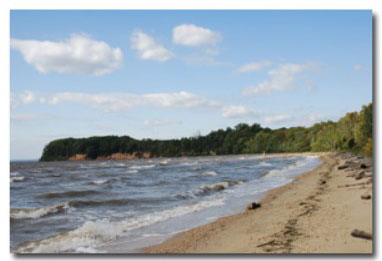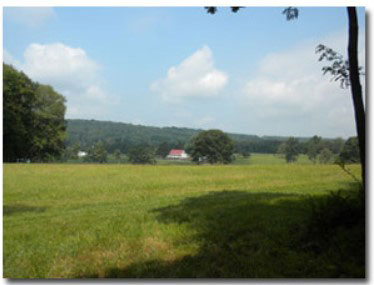Maryland Environmental Trust is responsible for the stewardship of lands held under its conservation easements to ensure protection of the natural, scenic, cultural, and historical attributes forever.


Stewardship Goals and Roles
One of the most important goals of the Stewardship Program is to build successful long-term relationships with owners of conserved land, assist them with enhancing the environmental and scenic aspects of their properties, and help them feel welcome to the land conservation community. Many resources are available to landowners to enhance the unique aspects of their properties and the Stewardship Program provides a connection between those resources and the landowner(s).
Click here to learn more about resources that are available to easement landowners.
Another major role of the Stewardship Program is to ensure compliance with the terms of each unique conservation easement.
Application for Interpretation/Approval/Verification
Certain activities, construction of new structures, and land uses on Conservation Easements may require Board of Trustee approval. If you are unsure if your conservation easement allows changes in land use, building new structures, or holding an event/activity on the property, please submit an Application for Approval or Interpretation to ensure it is permitted. Please also submit the Application if you are seeking to purchase a property with a conservation easement on it and have questions about the allowed uses.
Click here to download the Application.

Partnerships
Partnerships are developed with landowners and an open line of communication is maintained to ensure that the purposes of the conservation easement are understood and upheld.
Local Land Trusts throughout the state of Maryland co-hold conservation easements with MET and can provide even more expertise and resources towards the mutual goal of land conservation.
Landowners are also considered partners in conservation. Stewardship helps MET establish relationships with new landowners when property changes hands and helps us stay in touch with all easement donors over the long haul.

Community
Stewardship staff attend community outreach events to promote land conservation and gain support for the program.
MET uses the
Standards and Practices, developed by the Land Trust Alliance, the nationally recognized authority on land trust actions.

Monitoring
Monitoring means periodic inspections, with advance notice, by a staff or one of our trained volunteers to assess the condition of the property and check for compliance with the terms and conditions of the deed of conservation easement. Changes are documented such as new structures or changes in land use and photographs are taken. During these visits, we also discuss with the landowner any questions they may have or upcoming plans for the property, whether they are planning to sell it, replace existing buildings or construct new ones, conduct a timber harvest, or remove hazardous trees. This provides an opportunity to review what activities are allowed or prohibited by the easement. Monitoring may also be conducted by observing the property remotely using aerial imagery or fly overs.

Easement Management
Stewardship also involves a larger set of issues, including processing landowner requests to build proposed structures or hold different types of activities on the property. Each conservation easement outlines the request and approval process. Depending on the nature of the request, it may need to be reviewed by different entities, potentially up to the Board of Trustees for a thorough vetting of whether a change is allowed on the property.
Reports of easement violations or concerns are also investigated by the Stewardship team in a timely and confidential manner to determine whether violations have occurred and if actions should be taken to resolve issues and correct violations.

Resources
Stewardship has access to many resources and can provide technical assistance to landowners for the restoration and protection of forests, wildlife habitat, water ways, and soils. Staff can provide information on other technical assistance programs that can help landowners improve their property, such as tree plantings to buffer waterways, forest stand improvement, wildlife habitat enhancement, wetland protection, etc. Learn more about stewardship resources.

Enforcement
Maryland Environmental Trust does not participate in enforcement action very often, but in the rare instance when the terms of the easement are violated, staff will contact the landowner immediately and make all attempts to work with landowners on a resolution. Typically, violations are not willful, and landowners are eager to repair any damage to the conservation values of their property. As a last resort, the Maryland Environmental Trust will pursue legal action to stop further damage and correct the problem.

Support Stewardship
Monitoring activities can cost between $100 to $500 per year per easement, depending on easement complexity, the property's location and size, and whether volunteers or staff visit. If violations are found, or if landowners seek to exercise rights reserved by the easement, then significant additional staff time may be required. Through the years, each easement may require as much as $10,000 to $15,000 for stewardship, and significantly more if legal action is required.
In the rare event of litigation to enforce easements and ensure the protection of conservation attributes of the easement property, MET may incur the cost of boundary surveying, conducting additional monitoring visits to document evidence or expert witnesses in any litigation action.
All of these costs are not always covered by State funding, and we need additional financial support.
DONATE to MET’s Stewardship Fund. All private donations are held in a separate account and managed by the Board of Trustees Finance Committee who authorize the use of the fund for specific stewardship activities.
For more information about stewardship, monitoring and easement management please contact the Stewardship Program staff.
